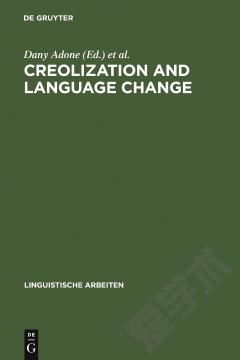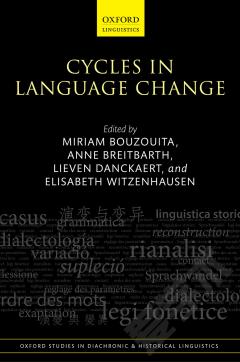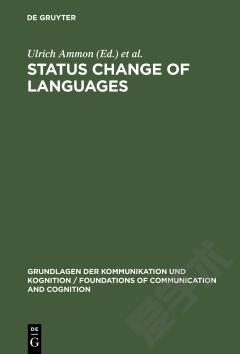Motives for Language Change
Introduction Raymond Hickey Part I. The Phenomenon of Language Change: 1. On change in 'E-language' Peter Matthews 2. Formal and functional motivation for language change Frederick J. Newmeyer Part II. Linguistic Models and Language Change: 3. Metaphors, models and language change Jean Aitchison 4. Log(ist)ic and simplistic S-curves David Denison 5. Regular suppletion Richard Hogg 6. On not explaining language change: optimality theory and the Great Vowel Shift April McMahon Part III. Grammaticalization: 7. Grammaticalization: cause or effect? David Lightfoot 8. From subjectification to intersubjectification Elizabeth Traugott Part IV. The Social Context for Language Change: 9. On the role of the speaker in language change James Milroy Part V. Contact-based Explanations: 10. The quest for the most 'parsimonious' explanations: endogeny vs. contact revisited Markku Filppula 11. Diagnosing prehistoric language contact Malcolm Ross 12. The ingenerate motivation of sound change Gregory K. Iverson and Joseph C. Salmons 13. How do dialects get the features they have? On the process of new dialect formation Raymond Hickey Part VI. The Typological Perspective: 14. Reconstruction, typology, and reality Bernard Comrie 15. Reanalysis and typological change Raymond Hickey.
{{comment.content}}








 京公网安备 11010802027623号
京公网安备 11010802027623号